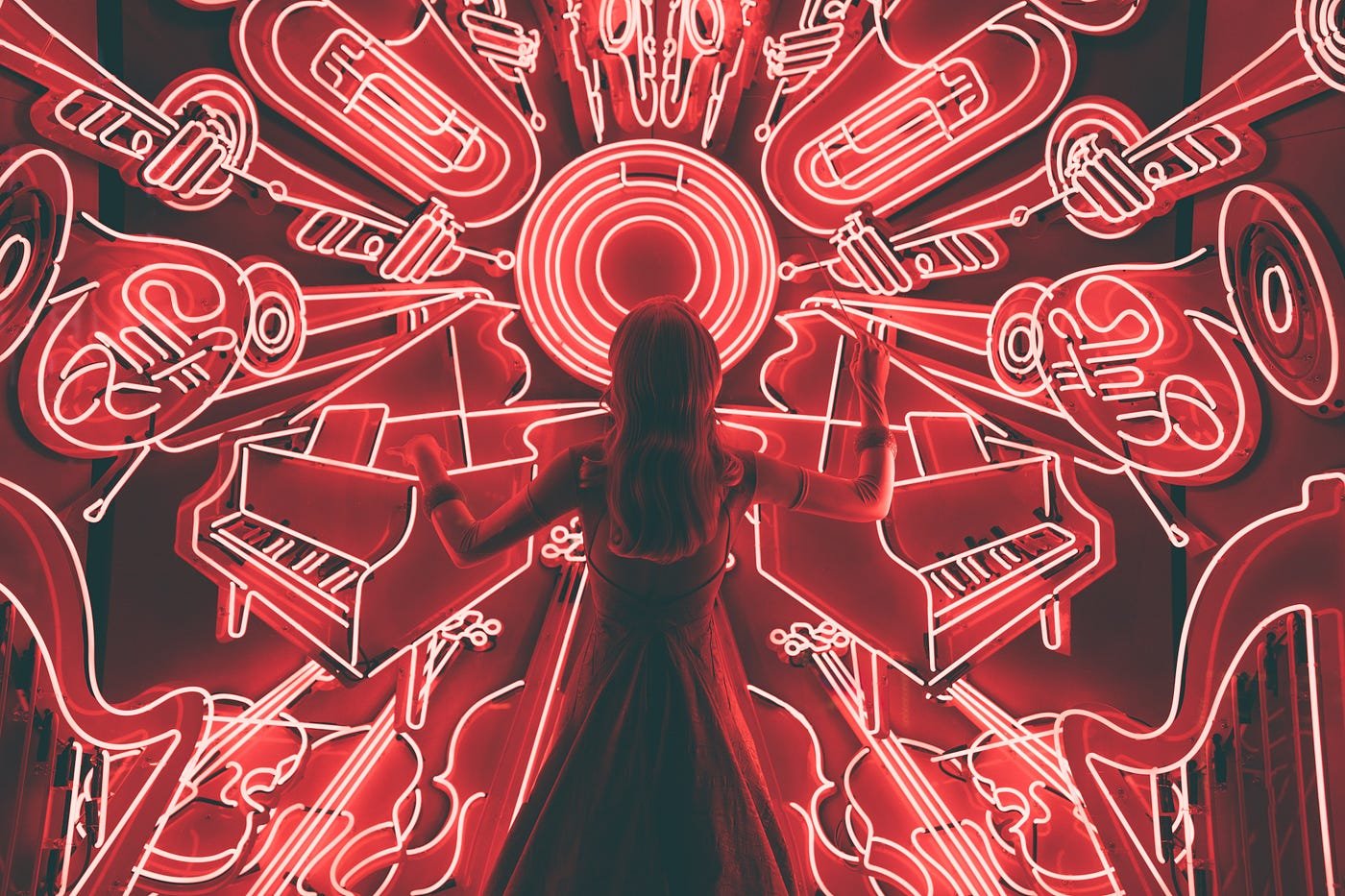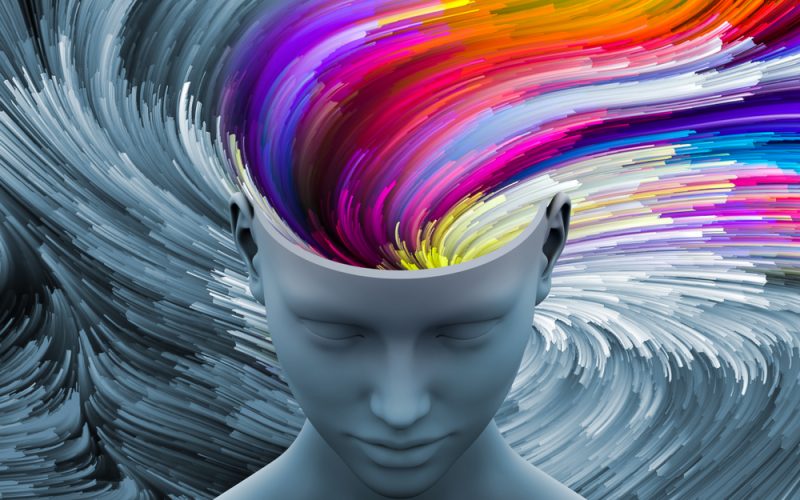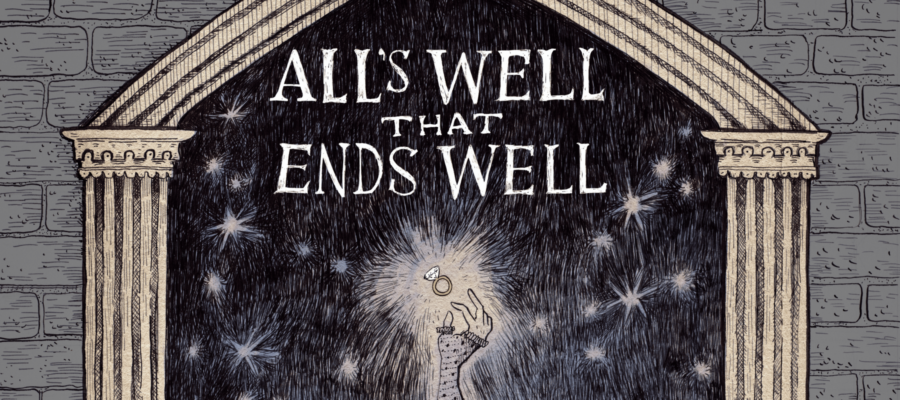Zafar Iqbal
Music has, throughout history, been interwoven with the fabric of political activism and campaigning. It is not merely a backdrop or entertainment; it’s a vital tool for shaping emotions, igniting passion, and forging a sense of collective identity. Here’s how music plays a crucial role in both election campaigns and political movements:
1. Transmitting the Message: Imagine a political speech without the stirring crescendo of an orchestra or the rhythmic pulse of a chant. Music bypasses the limitations of dry rhetoric, imbuing complex ideas with emotional resonance. Whether it’s a catchy campaign jingle or a protest anthem, music encapsulates the core message in a memorable and easily digestible format. Consider Bob Dylan’s “Blowin’ in the Wind,” a song that transcended its folk roots to become a powerful protest symbol against the Vietnam War.
2. Mobilizing the Masses: Music has the power to galvanize individuals into a collective force. The rhythm of drums, the anthemic chorus of a song, and the shared experience of singing together create a sense of unity and purpose. This is particularly crucial for social movements, where music fosters solidarity and strengthens commitment to the cause. Think of the freedom songs of the Civil Rights Movement, like “We Shall Overcome,” which fueled resilience and encouraged collective action.
3. Shaping Emotions and Memories: Politics is ultimately about winning hearts and minds. Music taps into our emotions more directly than rational arguments, creating positive associations with a candidate or cause. Uplifting melodies evoke hope and optimism, while somber chords can ignite indignation and a desire for change. This emotional connection lingers long after the music fades, forming lasting memories that influence voting decisions or commitment to a movement. For example, Barack Obama’s 2008 campaign used inspirational songs like “Yes We Can” to instill hope and optimism in voters.
4. Building Identity and Belonging: Political affiliations are often tied to cultural identities. Music reflects and reinforces these identities, creating a sense of belonging within a group. Whether it’s the traditional folk songs of rural communities or the pulsating hip-hop anthems of urban youth, music provides a powerful symbol of shared values and experiences. This resonates with voters, drawing them closer to a candidate or movement that reflects their cultural identity.
Emotional Resonance: The Key to Voter Support
Political parties understand the potent power of emotional music. They carefully choose songs that evoke specific feelings, tailoring them to their target audience. Upbeat, energetic music creates a sense of excitement and optimism, making voters feel hopeful about the future under the candidate’s leadership. Conversely, somber or dramatic music can tap into feelings of anger, frustration, or fear, motivating voters to support a change in the current system.
The key lies in authenticity. Music that feels forced or manipulative can backfire, alienating voters instead of drawing them in. Therefore, political parties must choose songs that genuinely resonate with their target audience, reflecting their values and concerns. A well-chosen song can become a rallying cry, inspiring voters to action and ensuring their loyalty to the cause.
In conclusion, music is not just a pleasant add-on to political campaigns and movements. It is a powerful tool for communication, mobilization, and emotional manipulation. By understanding the intricate relationship between music and emotions, political actors can effectively influence voters’ decisions and shape the course of political discourse. So, the next time you hear a political anthem or campaign jingle, remember the hidden power of melody at play, subtly influencing your thoughts and feelings.
Please, subscribe to the YouTube channel of republicpolicy.com















